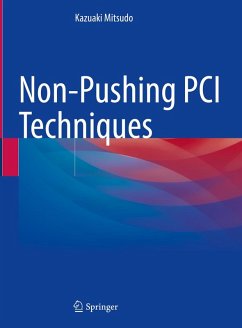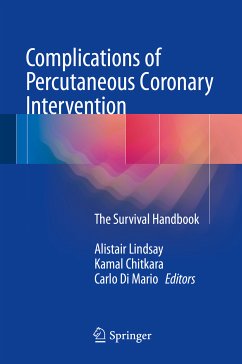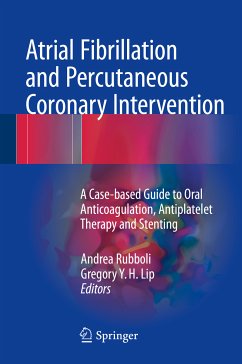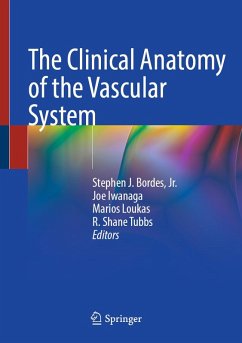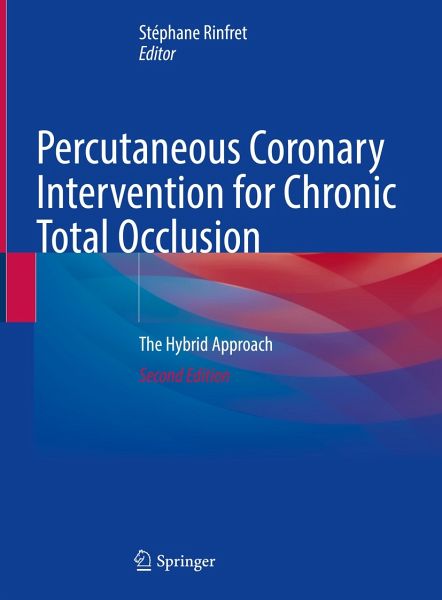
Percutaneous Coronary Intervention for Chronic Total Occlusion (eBook, PDF)
The Hybrid Approach
Redaktion: Rinfret, Stéphane
Versandkostenfrei!
Sofort per Download lieferbar
88,95 €
inkl. MwSt.
Weitere Ausgaben:

PAYBACK Punkte
44 °P sammeln!
The second edition of this essential text provides readers with a detailed guide to performing various percutaneous coronary intervention (PCI) techniques for treating coronary chronic total occlusion (CTO). PCI continues to be an effective procedure to help patients with this pathology, with high success and low complications rates. Chapters feature a step-by-step approach to relevant techniques and describe their potential pitfalls, enabling the reader to develop a thorough understanding of how to perform those procedures successfully. Details of the latest methods for angiography analysis a...
The second edition of this essential text provides readers with a detailed guide to performing various percutaneous coronary intervention (PCI) techniques for treating coronary chronic total occlusion (CTO). PCI continues to be an effective procedure to help patients with this pathology, with high success and low complications rates. Chapters feature a step-by-step approach to relevant techniques and describe their potential pitfalls, enabling the reader to develop a thorough understanding of how to perform those procedures successfully. Details of the latest methods for angiography analysis and the management of ostial CTOs, plus heavily revised chapters on topics such as contemporary device-based antegrade dissection and the retrograde approach through septal and non-septal collateral channels ensure that this Work remains the most up-to-date reference on the subject.
Percutaneous Intervention for Coronary Chronic Total Occlusion: The Hybrid Approach represents a vital reference to assist practicing and trainee interventional cardiologist in learning these techniques. Various examples are provided, with a vast selection of still images and angiographic video loops to enable the reader become confident in applying these methodologies into their day-to day clinical practice.
Percutaneous Intervention for Coronary Chronic Total Occlusion: The Hybrid Approach represents a vital reference to assist practicing and trainee interventional cardiologist in learning these techniques. Various examples are provided, with a vast selection of still images and angiographic video loops to enable the reader become confident in applying these methodologies into their day-to day clinical practice.
Dieser Download kann aus rechtlichen Gründen nur mit Rechnungsadresse in A, B, BG, CY, CZ, D, DK, EW, E, FIN, F, GR, HR, H, IRL, I, LT, L, LR, M, NL, PL, P, R, S, SLO, SK ausgeliefert werden.







